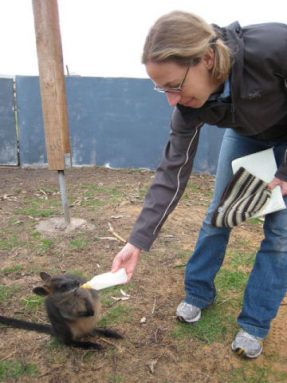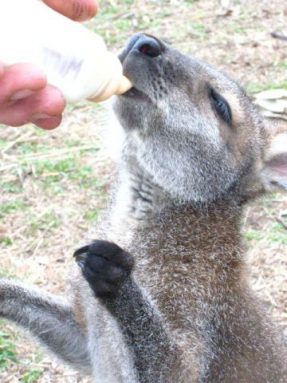News detective: Emily nurses wild animals
By Emily Sohn
When a devastating wildfire swept through southern Australia last January, wildlife rehabilitators Lizzie Corke and Shayne Neal took in 10 stranded and injured animals, including 5 koalas.
Taking care of wounded animals isn’t easy, I learned during a recent visit with Shayne and Lizzie. For months, the couple has been bottle-feeding their charges in the middle of the night, monitoring the animals’ wounds, and changing their bandages.
But the work is as rewarding as it is exhausting, Lizzie says. She doesn’t even mind the nighttime feedings. “You can’t get up at 3 a.m. for months and months and months without falling in love” with the animals you care for, she says.
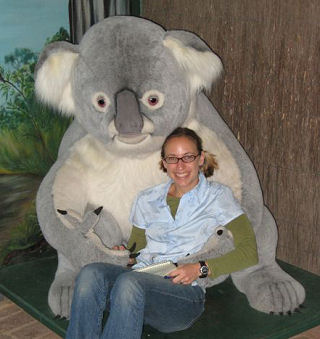
Lizzie, 26, and her husband, Shayne, 27, met in college. Soon after graduation, they bought 165 acres of land on the southern coast of Australia. They dreamed of running a hotel, where they would help wounded and orphaned animals, teach people about conservation, and eventually host scientists who were looking for a place to do their research.
Lizzie and Shayne spent months building the Cape Otway Centre for Conservation Ecology, which opened in April 2004.
The Centre includes an impressive wildlife-rehabilitation station that offers sleeping quarters for even the tiniest animals. It also includes a lecture hall and five rooms that offer lodging for human guests. Scientists will begin ecological research at the Centre soon.
And Shayne and Lizzie were married there last fall. They are finally living their dream.
To teach more people about the local environment, Lizzie and Shayne invite guests staying at the Centre to join them on evening walks. As they stroll, they see and learn about the animals that live nearby. Lizzie and Shayne particularly enjoy having kids visit with their families during school breaks. “They’re our next generation,” Shayne says. “If they get some environmental appreciation and understanding, we’re in better [shape for the future].”
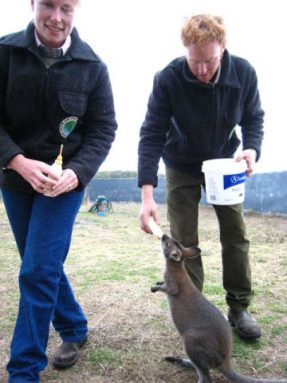
These two dedicated animal lovers are also helping wildlife. Lizzie and Shayne nurse injured animals in protected enclosures through the critical period when the creatures are most vulnerable. When the animals start to recover, Lizzie and Shayne move them to larger enclosures that are still protected from predators. The final step is to release the animals into the wild.
Although nursing animals back to health is hard work, Lizzie and Shayne are proud of what they do, and they develop strong bonds with the animals they care for. And it seems their patients develop bonds, too—both with the people who care for them and each other.
Animals that arrive at the Centre at the same time often play together and comfort each other, Shayne says. For example Roger and Will, two young wallabies currently in the couple’s care, have become inseparable. The playful animals eat, sleep, and do everything together. “They’re like a little boys’ club,” Lizzie says.
“They’re very, very social,” Shayne says of the animals. “They love each other’s company.”
The animals that have stayed at the Centre almost always return to visit, Lizzie says. Female kangaroos often come back to let their babies out of the pouch for the first time, since they consider the Centre a safe place to be. When that happens, guests must stay inside to avoid disturbing them.
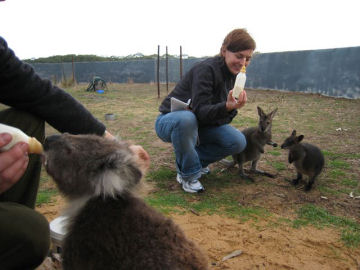
Taking care of animals is a great way to learn things that you can’t find in textbooks, Shayne and Lizzie say. They get to see firsthand how the animals develop relationships with each other and how they get along in larger groups. Shayne and Lizzie are also learning which types of treatments help the animals recover most quickly from burns and other injuries.
“Every animal that comes in teaches us something new,” Lizzie says. “There are lots and lots of things we don’t know at all. It’s ever so interesting.”
